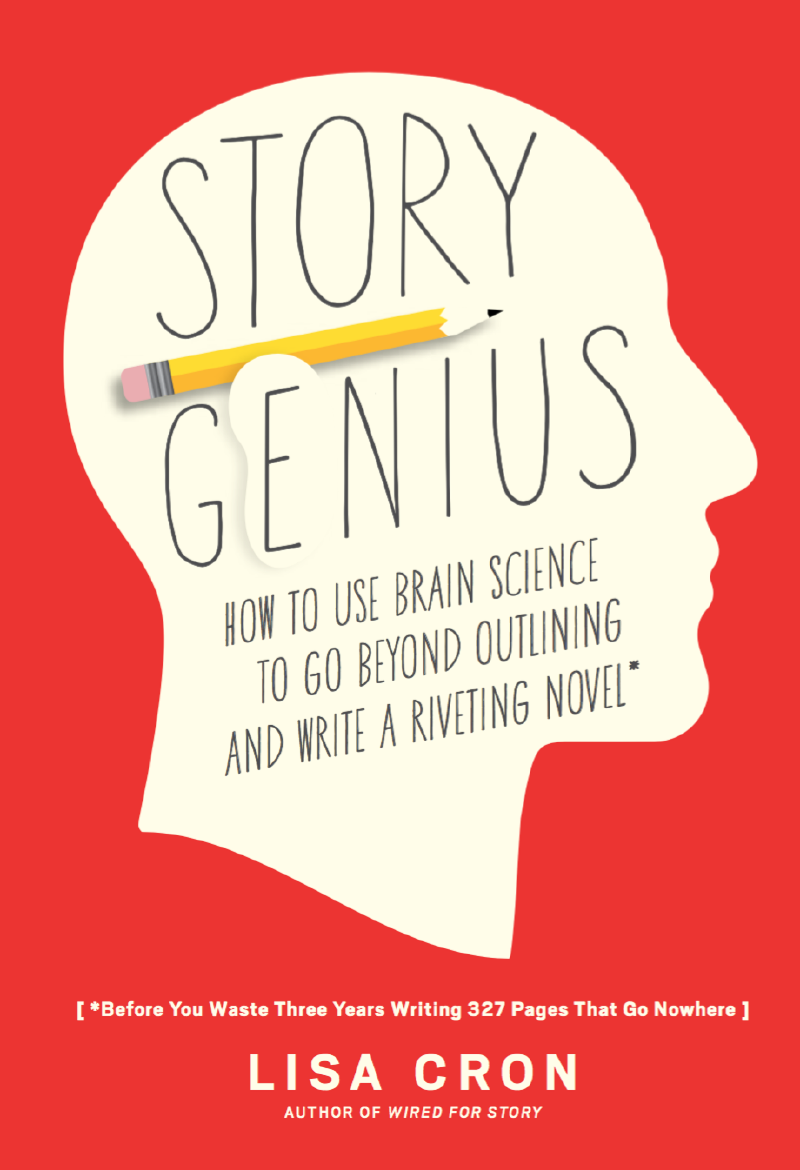I read a book last year that changed how I write.
When I was in school, we were taught creative writing using the Snowflake Method. The Snowflake Method begins with a story idea and builds upon it, progressing from a single sentence to three paragraphs and ultimately to three pages.
This method created a vivid beginning, but I often get lost in the middle because it left many questions unanswered, mostly due to a disconnection between my scenes. That all changed after reading Lisa Cron’s Story Genius.
The Story Genius Method begins with the main character, and you don’t start with the story, but with what happens before the story begins.
To start, you need to figure out a few things about your main character.
- What motivates them?
- What do they think they need?
- What is their core misbelief?
Some classic misbeliefs include: I am unlovable or undeserving of love; love always leads to heartbreak; in order to succeed, you need to be perfect; I can’t protect those that I love, etc. But here’s the twist—that core misbelief wasn’t always there. There was a moment in your character’s life when it first appeared, and that was one of my favorite exercises to write.
Imagine writing a scene where a young girl is waiting for her father to come home. What would happen if he didn’t? The young girl might develop a misbelief that “father figures aren’t reliable, can’t be trusted, and leave their families.”
One moment isn’t enough to solidify a new misbelief, though—Lisa Cron suggests you need at least three. Maybe the girl has a friend whose father also leaves their family. Perhaps a father figure was introduced to the little girl, and she connected with him, only for the adults to break up, and she is left alone again.
Then, when she’s older, maybe she dates an unreliable person, and not shocking to her, the lover leaves after finding out she’s pregnant. Once we understand the misbelief and its origin, we can begin thinking about the plot.
The most important thing to consider when plotting is cause and effect, ensuring each scene builds upon the one that came before. The misbelief drives each scene, serving as the emotional “third rail” that propels the story forward. It guides your character’s decisions and actions through the story.
One easy way to plot this out is to create scene cards, each with a new conflict that will either build on the misbelief or chip away at the misbelief they already hold. Here’s an example of a scene card:

But remember, the main character isn’t ready to throw out their misbelief. Human nature means the main character is probably going to dig their heels in. So the next question is: what would have to happen to get them to change their fundamental belief? This is your next card—the big “Aha!” moment when your character realizes their misbelief is wrong and their worldview shifts.
In our example, the main character would likely continue to push everyone away. But what happens when a love interest continues to show up? After a series of escalating moments, she may have an epiphany, realizing he’s reliable and can be trusted. It could lead to a moment where she takes a chance and asks him to stay.
Once you have your “Aha!” moment, you go back to the beginning and start adding in new scenes that lead up to that moment. For me, the crucial part of the new scene cards is the Realization section, which has an “And So” section near the bottom.
Ask yourself, “And so, why does my reader need to know this? And so, how does this move the story forward? And so, what will happen as a result?”
As I wrote out more scenes, I kept revisiting the beginning to ensure everything remained consistent, and I found myself layering in important details for later in the story. What I found most useful about this process is that it forces you to consider what the character is thinking at every turn, and that makes for a compelling and cohesive story.
For more, pick up Story Genius or check out Campfire’s article on how to create scene cards.

